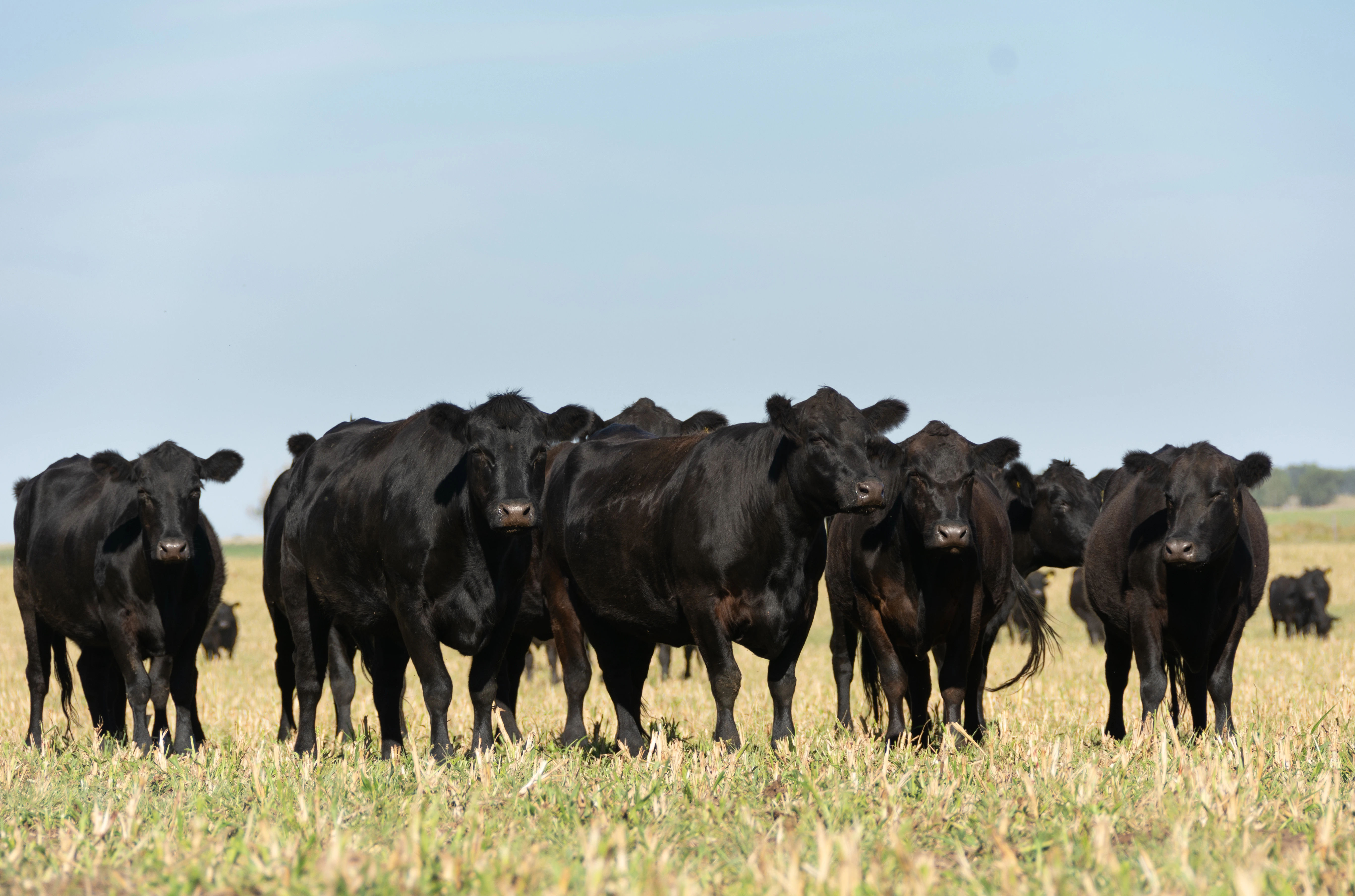
By Greg Goodell, DVM
If you have ever watched a television crime show, heard about someone being exonerated for a crime by DNA testing, or had a medical test to identify what pathogen you were dealing with, chances are a PCR test was used.
PCR Testing For Animal Health Diagnostics
The technique of rapidly amplifying small pieces of DNA, called polymerase chain reaction, was developed in 1983 in the United States. Since then, PCR testing has revolutionized the work done in criminal forensics, archeological investigations, medicine and most recently animal health. Because of the extremely accurate and rapid results, real-time PCR has become a game-changer in diagnostics. Just think back a few years to the start of Covid-19. PCR tests were the “gold standard” for accurate detection of the Covid-19 virus.

Today PCR tests are also used in animal health diagnostics. PCR can be used to test milk, blood, saliva, and tissue samples. Uses range from identifying an infectious disease to prevent spread, to identify and remove persistently infected animals from the herd, and especially for the rapid identification of mycoplasma mastitis.
Results are available in hours as opposed to days with traditional culture techniques. PCR also can detect infections early, oftentimes before clinical signs develop. Compare that to “no growth” samples from a traditional culture sample and it’s easy to see the value PCR testing brings to the livestock industry. Another advantage to PCR is that it can be used to test individual cows or bulk tank samples.
Samples can be fresh, frozen, or preserved. Even if a cow has been treated with antibiotics, PCR can still be used to determine the exact pathogen to ensure that the correct treatment is being used. Targeted treatment allows us to kill pathogens efficiently, minimize disease spread and the economic losses that result. The one negative to PCR testing is the higher cost compared to culture. That’s why it should be used selectively. Use when speed is a necessity to identify and contain a disease or to stop the spread of a disease. For example, an outbreak of mycoplasma mastitis in your herd may be quickly contained by using PCR for detection.

At The Dairy Authority Lab, PCR is commonly used to identify BVD, A2 (beta casein), and Mycoplasma. Staph Aureus, and Strep. Ag. mastitis. Can also be quickly detected with PCR however culture can find the latter 2 almost as fast. When Mycoplasma is suspected, PCR tests can identify the six most common Mycoplasma species.
Talk to your veterinarian about when PCR testing should be used and the value that it brings to your livestock health management plan. PCR is another tool to help you keep your cows healthy and productive for years to come.
If you would like to learn more about PCR testing contact your TDA veterinarian or The Dairy Authority Lab.








